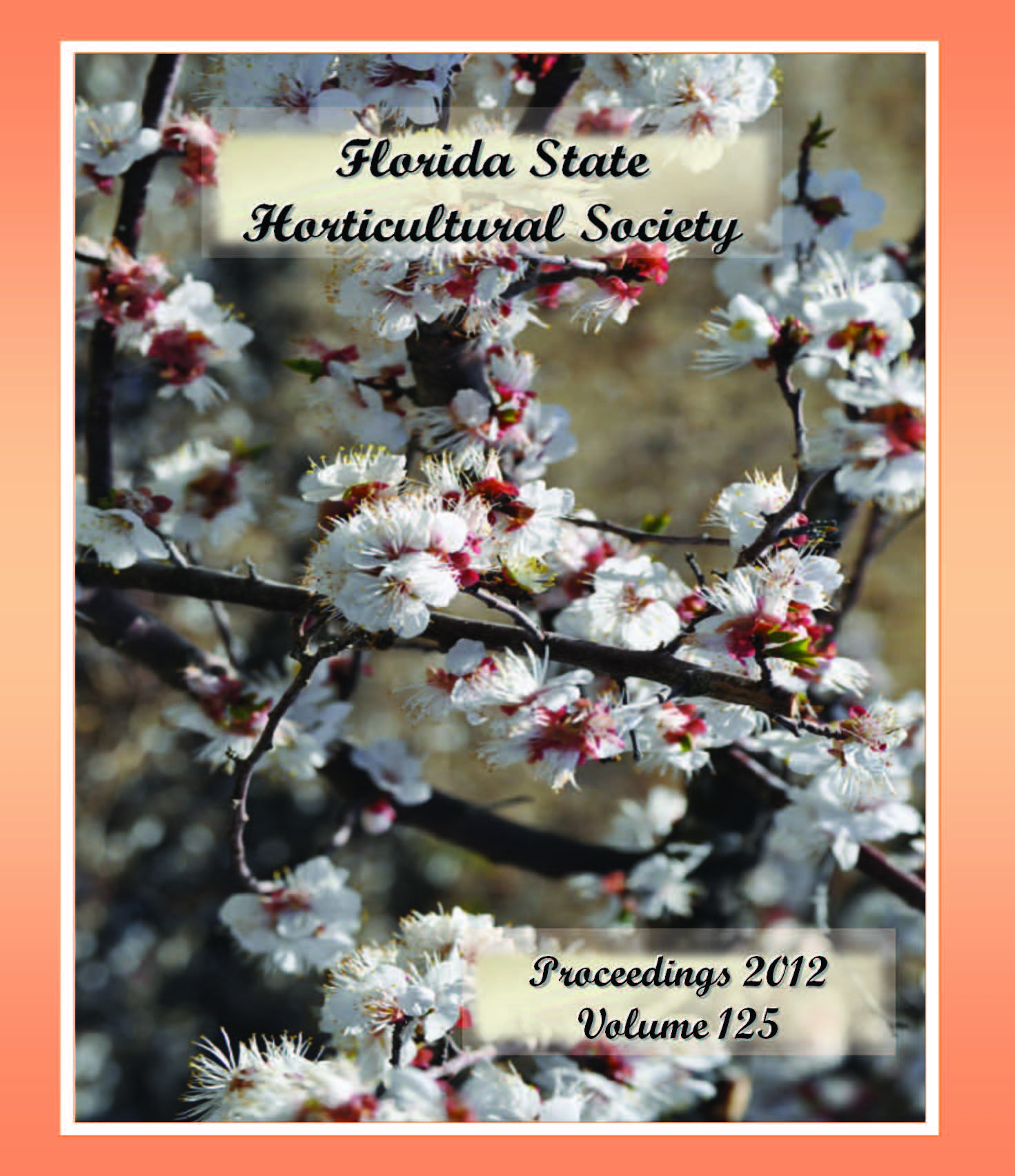Abstract
Strawberries (Fragaria×ananassa) harvested at or near full ripe maturity for superior eating quality may be more susceptible to pathogen proliferation due to bruising. Little is known about pathogen behavior on strawberries. The objective of this study was to determine the fate of Escherichia coliO157:H7 and Salmonellaon bruised and intact surfaces of freshly harvested strawberries of full and three-quarter red maturity. A five strain cocktail (7 log CFU/mL) of rifampicin resistant Escherichia coliO157:H7 or Salmonellawas spot inoculated onto bruised and intact surfaces of strawberries and incubated at 2 °C and 15.5 °C for 24 hours and 7 days, respectively. Pathogens were enumerated on nonselective and selective media. Significant differences in pathogen decline was not found between full red and three-quarter red strawberries or between bruised and intact treatments at each time point. At 2 °C, E. coliO157:H7 and Salmonellapopulations declined by 0.9–1.1 log CFU/berry over 24 hours. Population declines of 1.4–2.4 log CFU/berry were observed for both pathogens when held over 7 days at 15.5 °C. Strawberry surfaces did not support growth of E. coliO157:H7 or Salmonella, regardless of maturity or bruising.

